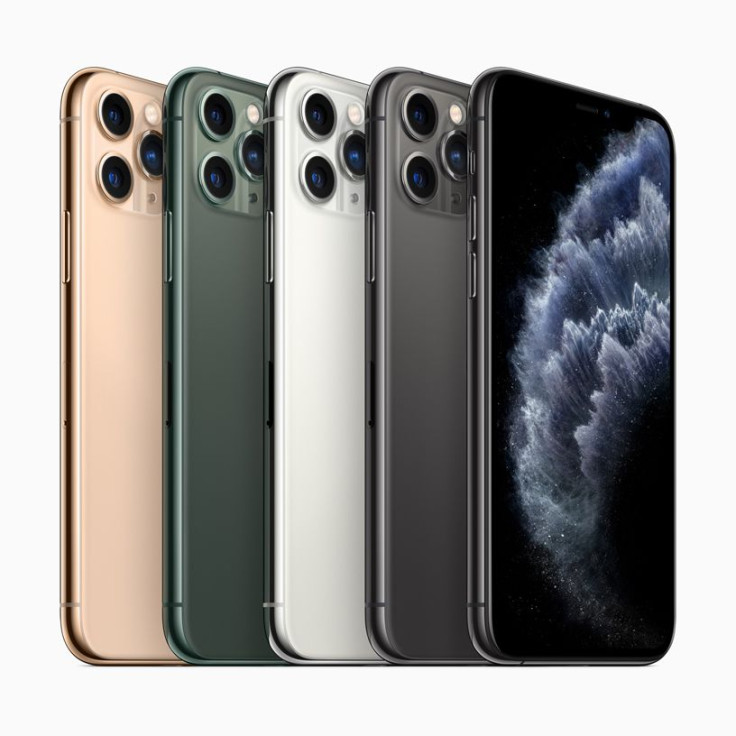Apple’s Next iPhone Could Feature Flexible OLED Display

Apple's next iPhone could feature a flexible OLED display that bends along the edges.
A new patent published by the U.S. Patent and Trademark Office (spotted by Patently Apple) reveals that Apple is working on a flexible display that curves along the edges. This display, which is most likely an OLED panel, might make its debut via Apple's upcoming iPhone models.
The patent described several features of the curved display. First, this display has a “flexible substrate with fastened bent edges.” Simply put, the display will be largely flat but will have a “bent edge portion” that can either be perpendicular to the front portion of the display, or continuously curved so that it would wrap around a rounded end of a support structure such as a mandrel.
Second, the flexible substrate, which is housed beneath a transparent cover layer made of glass, may have “an array of light-emitting elements such as organic light-emitting diodes” or OLED. This flexible substrate, the patent further explains, may have active regions as well as inactive regions located outside the active region.
As per the patent, “active regions” are areas where the display circuitry emits light. Areas that do not have circuitry that emit light are called “inactive regions.”
Third and more interesting is the fact that the bent edges of the display “may include portions of the inactive regions and portions of the active region.” The bent edges might include circuitry for sending signals to the active display pixels in the active regions.
The active display pixels on the active portions on the bent edge will be used to show images to the user. The inactive portions of the bent edge, on the other hand, won't display anything. They might be used as bezels for the device.
The patent described in detail how the flexible display, with bent edges, will be fastened to a rigid support structure such as a mandrel. The mandrel can be made of aluminum, copper, plastic, glass or other suitable materials rigid enough for the purpose.
Apple noted that the technology described in the patent can be applied to devices other than the iPhone. It can be applied to the iPad, MacBook Pro or other device with displays. The technology will allow such devices to have thinner or no bezels at all.

© Copyright IBTimes 2024. All rights reserved.




















